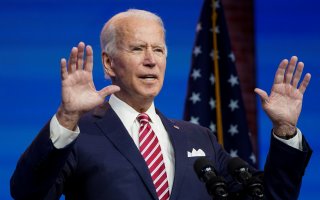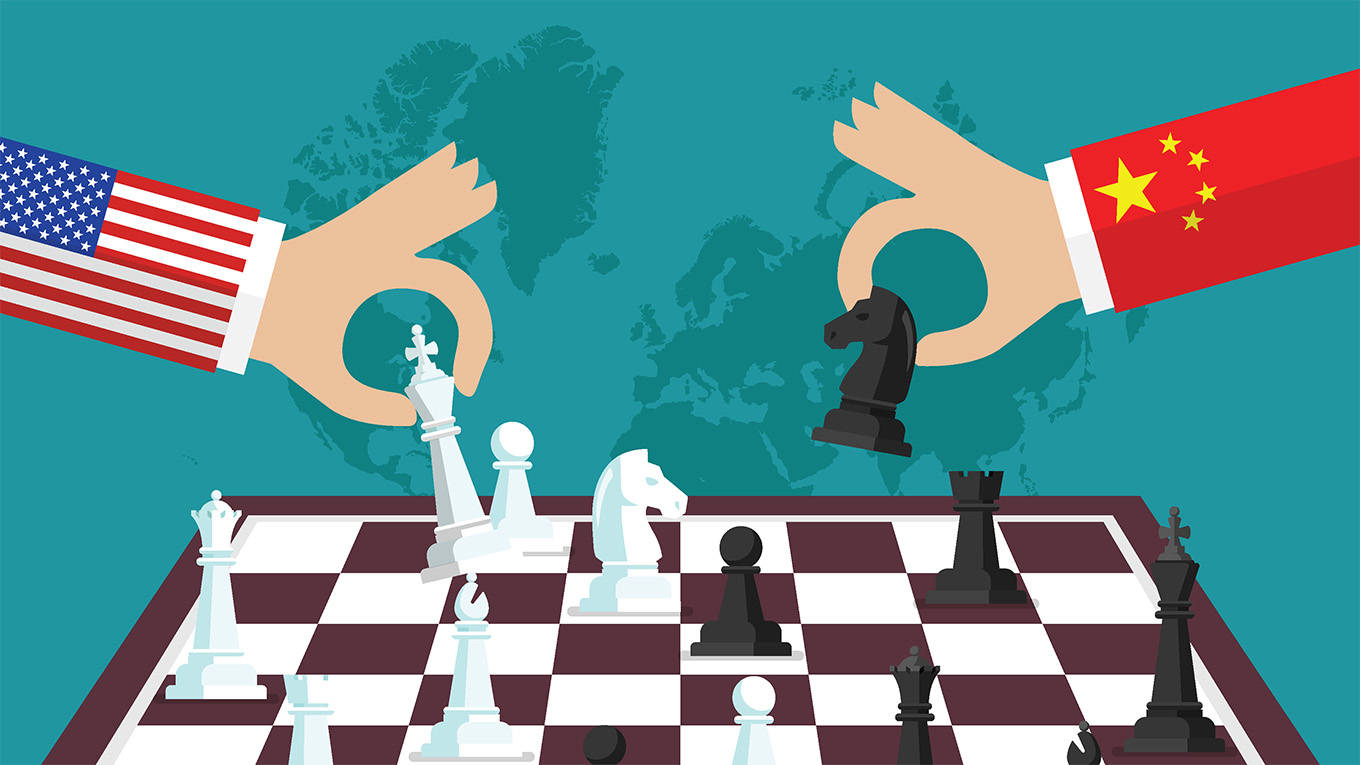By Ajit Kumar Singh*
Four Jaish-e-Mohammad (JeM) terrorists were killed in an encounter with the Security Forces (SFs) on November 19, 2020, at Nagrota in Jammu District, Jammu and Kashmir (J&K). Senior Superintendent of Police, Jammu District, Shridhar Patil stated, “Around 5 am some terrorists opened fire at security forces near Ban Toll Plaza in Nagrota area. They were hiding in a vehicle”. Two SF personnel suffered injuries in the operation. However, the driver fled from the spot as security personnel approached the vehicle. A large consignment of arms and ammunition, including six AK-56 rifles, five AK-47 rifles, three pistols, 16 AK magazines, a packet of RDX, 20 Chinese hand grenades, six UBGL grenades and 20 kilograms of explosive were recovered from the encounter site.
Investigations so far have revealed that the terrorists trained in ‘commando warfare’ walked nearly 30 kilometers from the JeM camp at Shakargah in Pakistan to the Samba (Jammu and Kashmir) border and then to the ‘pick-up’ point at Jatwal. There then boarded a truck (JK01AL 1055) between 2.30 and 3 am [IST] in the night and were seen crossing the Sarore toll plaza towards Jammu at 3.44 AM. The truck then moved towards Kashmir, using the Narwal bypass route. The SFs intercepted the truck around 4.45 AM at the Ban toll plaza in the Nagrota area.












/cloudfront-us-east-1.images.arcpublishing.com/mco/YU7KHDITR5HJ7IDCT7ZH5OVLFM.jpg)
/cloudfront-us-east-1.images.arcpublishing.com/mco/GYEHYFQAQFDKTHFR2SANVCPMLM.jpg)
